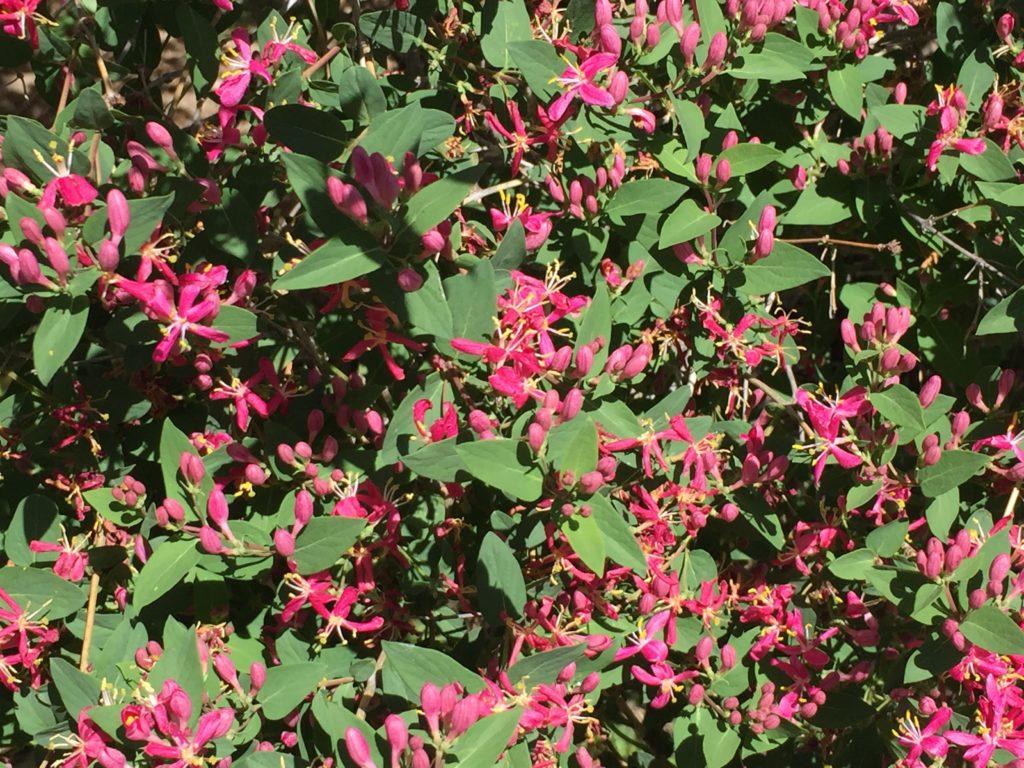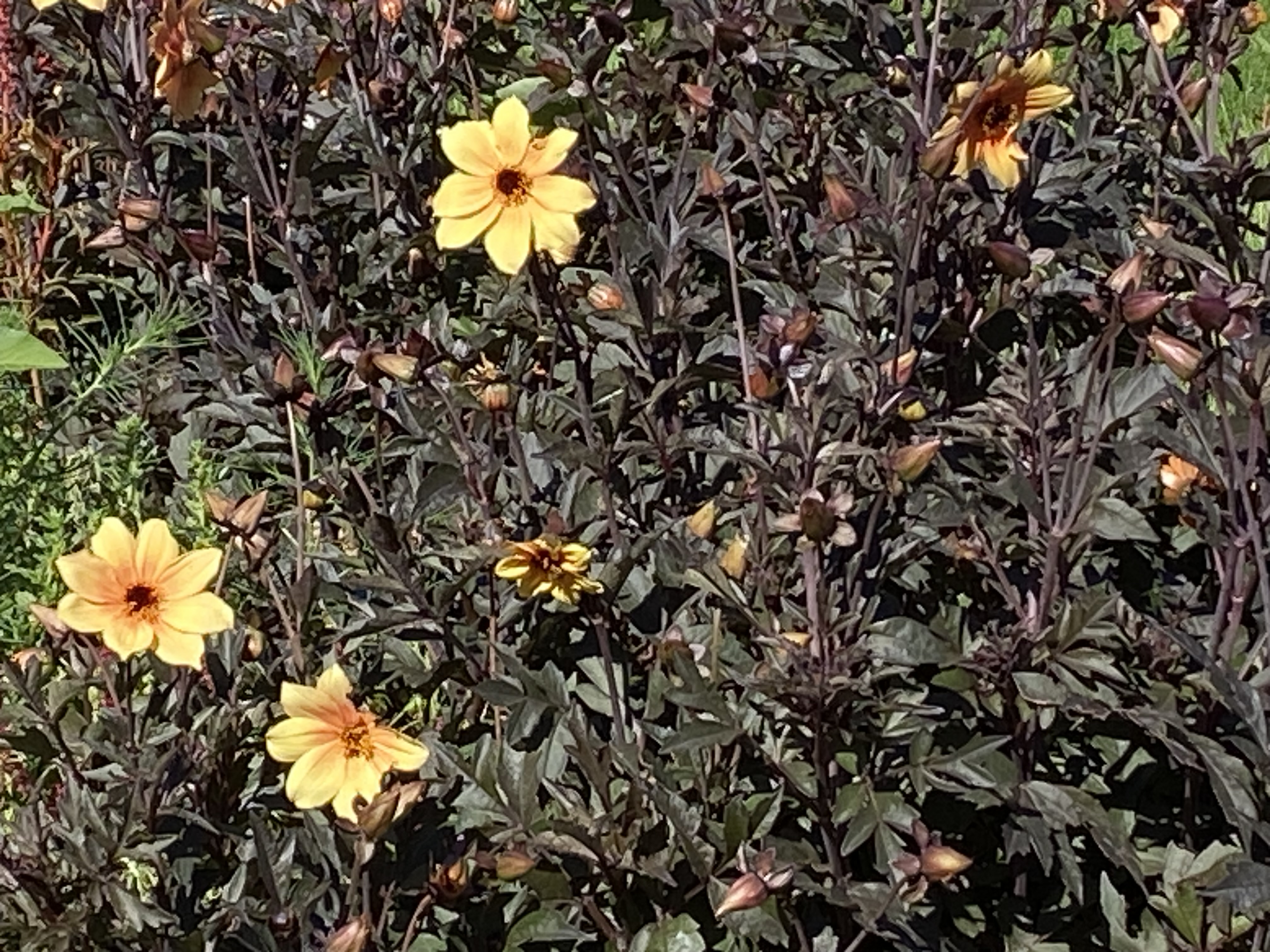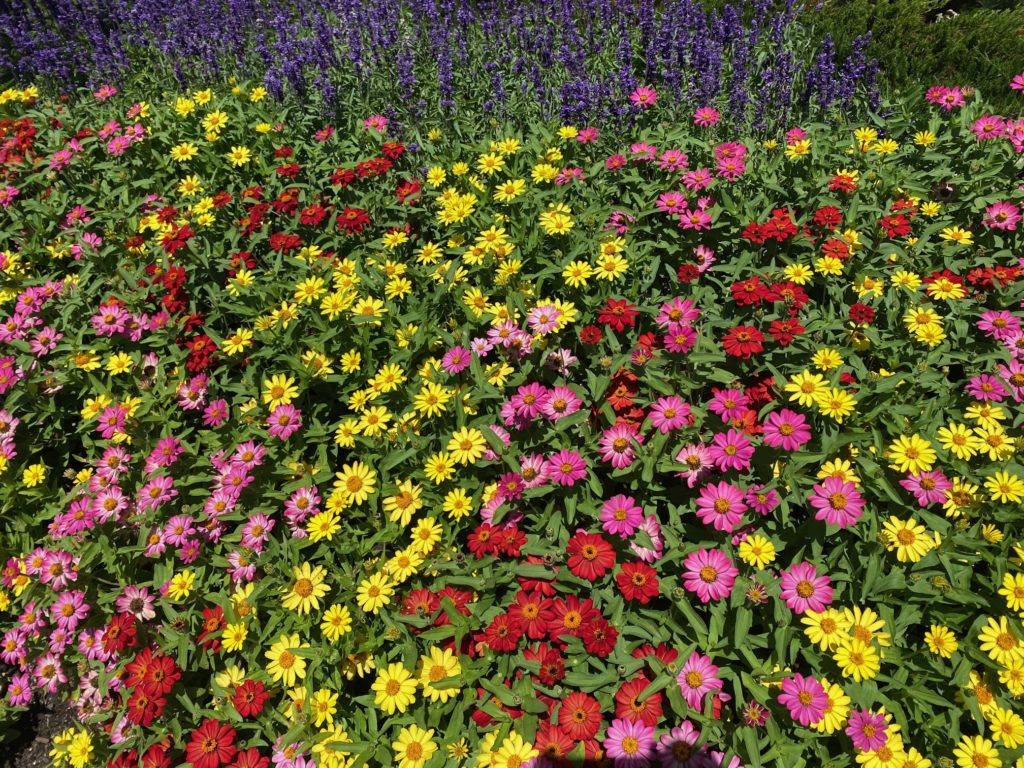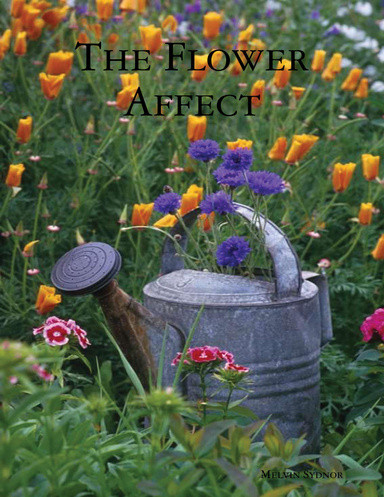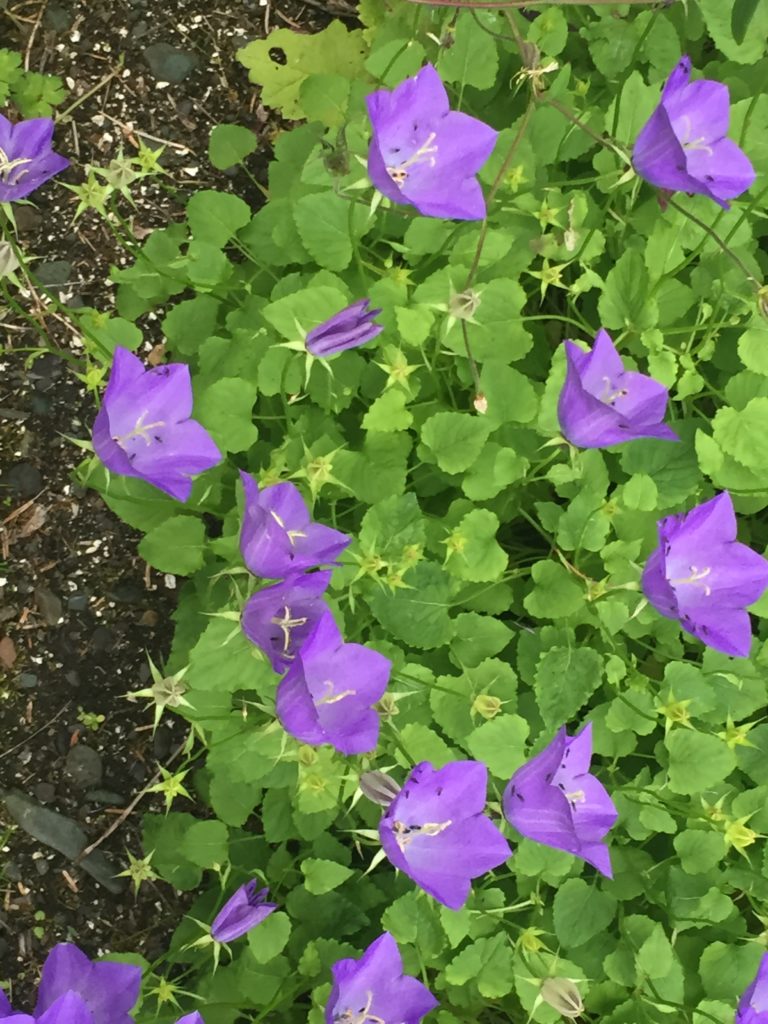
I would like to introduce our featured flower of the month Campanula or commonly known as Tussock Bellflower. I came upon this perennial jewel while on a trip to Juneau Alaska. This magnificent flower is from the plant family Campanulaceae and is native to the subtropical regions of the Northern Hemisphere. It grows favorably in zones 5 through 8 and is deer and rabbit resistant. The bright blue flowers bloom til summer and the plant should return larger the next season. You can expect the plant to spread 15 -18” and reach heights of 18”. Enjoy!


